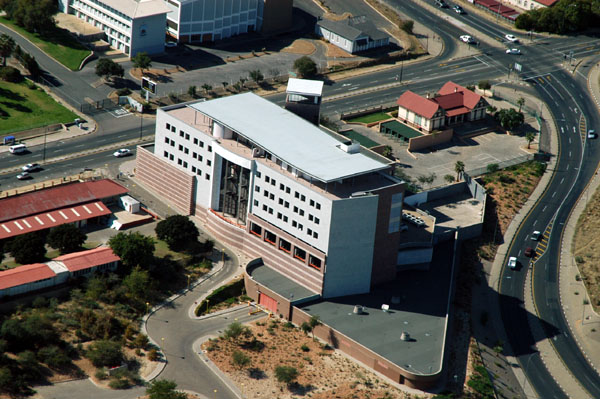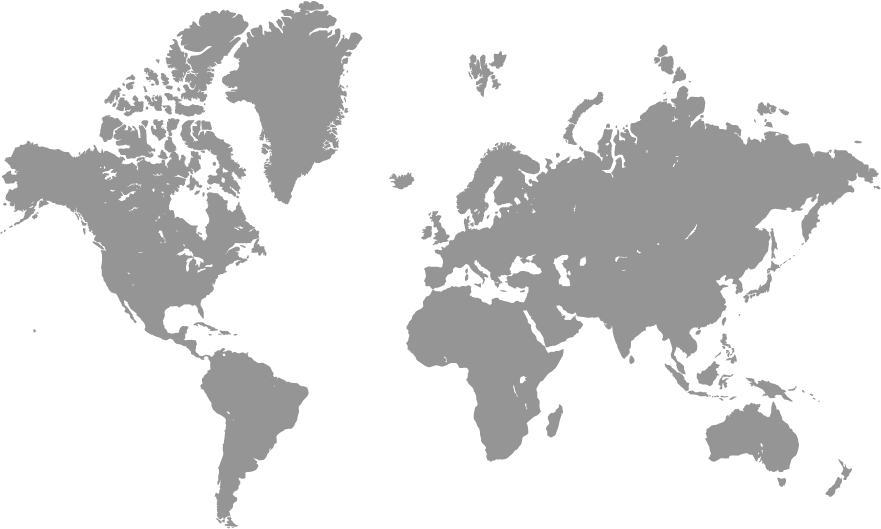ECONOMIC GROWTH

The vast majority of the world’s diamonds come from sources that use the revenues generated by diamonds to aid their national development. Given good governance and appropriate laws, diamonds are a vital source of revenue for building infrastructure and essential social services such as hospitals and schools.
Sir Ketumile Masire’s Story (2006)
Dr. G. K. T. Chiepe’s Story
GENERATING REVENUE
As a natural resource, rough diamonds represent one of the main sources of revenue for many diamond-producing countries and create livelihoods for millions of people. Countries such as Russia, Botswana, Namibia and South Africa offer ongoing proof that diamond revenues can create sizeable benefits to the economy in countries where they are sourced. In these countries, diamonds have contributed to funding impressive economic growth and stability.
The link between diamonds and economic development is no more evident than across Africa where the diamond trade contributes approximately US $7.6 billion a year to its economy.
These benefits are also evident in their rankings on the United Nations Human Development Index (HDI), a comparative measure of poverty, literacy, education, life expectancy, childbirth, and other factors for countries worldwide.

The impact diamond revenues have on world economies includes:
- The diamond trade contributes approximately $7.6 billion per year to Africa.
- The two countries Russia and Botswana together produce 43% of the total volume, and 53% of the total value, of rough diamonds in the world.
- An estimated 47% of the world’s diamonds are sourced in African countries.
- Australia is the world’s fourth largest producer of diamonds worldwide.
- In 2001, the diamond and jewelry businesses in New York City generated an annual $24.183 billion in economic value (Source: “The Perfect Setting: Economic Impact of the Diamond and Jewelry Industry in New York City” 2011).
- Diamonds account for 71% of Botswana’s export revenue, 16% of the government revenue and 16% of the gross domestic product (GDP).
- Diamonds represent approximately 21% of GDP, 48% of export revenue and 59% of the Nambian government’s annual revenue.
- South Africa’s Namaqualand Diamond Fund Trust has received a total of USD $37.8 million from the Trans Hex Group since it started operating in 1994.
- Canada is the world’s third largest producer of diamonds producing an estimated USD $1.7 billion worth of diamonds each year.
- Indian and Northern Affairs Canada estimates that over the life of the mines in the Northwest Territories (NWT), the Ekati, Diavik and Snap Lake projects will collectively generate royalties of C$1.6 billion, federal business taxes of C$2.6 billion, territorial taxes of C$1.3 billion, and employee and other business income taxes of C$4.7 billion (2004 estimated figures).
- In Russia, annually about $110 million are allocated by the diamond industry to help the national institutions of health, education and culture, to support socio-economic development of regions, charitable and sponsorship projects for local communities. In addition, the diamond industry allocates more than $65 million on social programs for diamond industry employees and their families, including housing, health, culture and sports, non-state pension provision.
- The diamond region of Yakutia receives more than $1 billion in taxes and royalties from diamond mining operations.
FUNDING ECONOMIC STABILITY
Revenue from diamonds assumes an increased importance in helping previously war-torn countries establish economic stability. Global communities broadly accept that the creation of a sustainable future for Africa lies in its ability to develop and maximize its natural resources.
Other war torn countries such as Sierra Leone also receive major economic benefits due to revenues from diamonds. In fact, Sierra Leone exported more than $154 million worth of diamonds in 2015. These diamond revenue funds are helping to rebuild its infrastructure, health services and education systems.

